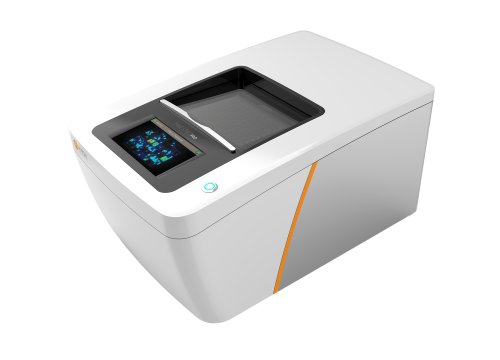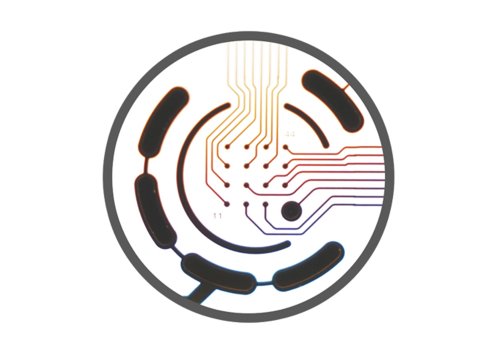Authors: Oscar J. Abilez, Huaxiao Yang, Yuan Guan, Mengcheng Shen, Zehra Yildirim, Yan Zhuge, Ravichandra Venkateshappa, Shane R. Zhao, Angello H. Gomez, Marcel El-Mokahal, Logan Dunkenberger, Yoshikazu Ono, Masafumi Shibata, Peter N. Nwokoye, Lei Tian, Kitchener D. Wilson, Evan H. Lyall, Fangjun Jia, Hung Ta Wo, Gao Zhou, Bryan Aldana, Ioannis Karakikes, Detlef Obal, Gary Peltz, Christopher K. Zarins, and Joseph C. Wu
Science, 5 Jun 2025
Scientists use Maestro Pro MEA to confirm functional beating in vascularized cardiac organoids, enabling advanced modeling of early human heart development.
While traditional 3D organoids capture many aspects of in vivo physiology, they typically lack vasculature, limiting their utility in modeling tissue development and function. This study introduces a micropatterning and staged differentiation strategy to create vascularized cardiac and hepatic organoids (cVOs and hVOs) from human pluripotent stem cells, overcoming a key limitation in organoid biology.
To functionally validate cardiac vascular organoids (cVOs), researchers used Axion BioSystems’ noninvasive Maestro Pro MEA platform to measure spontaneous electrophysiological activity. The cVOs exhibited synchronized beating activity, confirming cardiac identity and functionality. Notably, these organoids beat slightly slower than unvascularized cardiac organoids, possibly reflecting differences in maturity or cell–cell communication introduced by vascular integration.
The results establish that gastruloid-based vascularized organoids can model early cardiovascular and hepatic vasculogenesis, and that Maestro MEA provides a powerful label-free tool for assessing electrical function in complex multicellular constructs during early development or in disease models.


